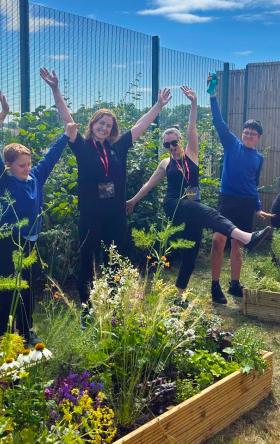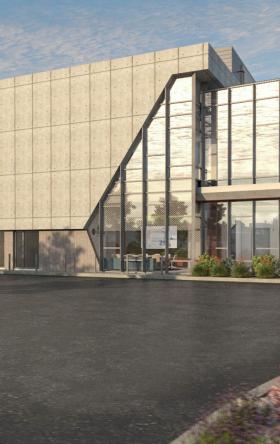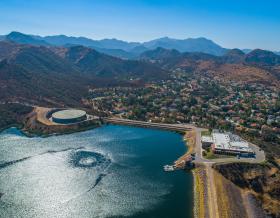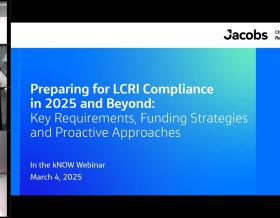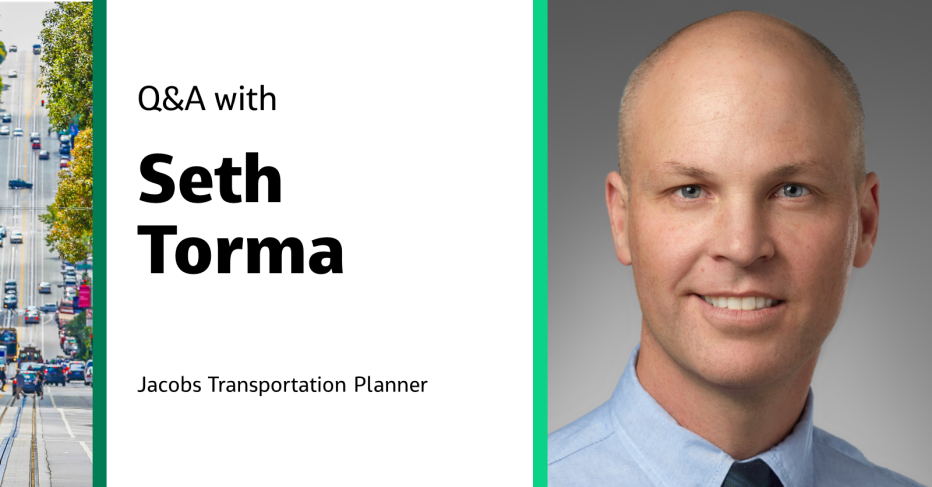
Decisions made on transportation infrastructure can influence the shape and success of our cities for generations, at a time of rapidly changing work and living patterns.
In California, where the transportation system will need to support an expected 45 million residents by 2050, developing integrated, sustainable mobility options has never been more important, or complex.
With high rankings across all modes of transport as ranked by Engineering News-Record, Jacobs guides our clients to deliver on the state’s long-range vision to expand economic opportunities, create a low-carbon transportation system, advance transportation equity and improve quality of life for Californians.
We keep people and goods moving smoothly into the future with the help of talented teammates like Seth Torma, one of our transportation planners. In this Q&A, we connect with Seth about the trends and technologies advancing how we plan for and deliver California’s transport infrastructure and solutions for tomorrow.
Tell us a bit about your role as a transportation planner.
Transport planners shape the way people move around cities and regions and in my career, I’ve been fortunate to help shape entire regions to neighborhoods and many communities in between. I’ve worked across all modes of transportation – from rail & transit to intelligent transportation systems – and on all phases of project development from planning to environmental and through design. This level of understanding gives me a unique perspective on implementation and what truly works to help clients’ make stronger decisions on infrastructure. In my role as a planner, I often facilitate discussions with agencies and the public to inform the planning process and improve overall transport connectivity, accessibility, equity and resiliency.
What are the biggest challenges in transportation planning?
We’re amid the most significant changes in transportation and urban form since Eisenhower’s highway expansion program in 1956 gave rise to the modern suburbs and car-centric transportation network that defines much of the American landscape:
Advances in technology are disrupting transportation systems as autonomous vehicle technologies mature and micromobility trends are refined, becoming a part of our streetscape. The challenge will be for transportation planners to proactively incorporate these new modes into our transportation network that lead to enhanced mobility for all users.
The pandemic caused unprecedented shifts in where people live and fundamentally changed once stable commute patterns. This is causing us to rethink our planned transportation investments as well as rethink what a downtown business district means.
Climate change forces us to think about transportation sustainability and infrastructure resiliency. This has ushered in a race to electrify our transportation fleets, better coordinate land use and transportation planning that reduces vehicle miles traveled, and plan for more frequent natural disasters.
Unprecedented economic disparities and a related housing crisis challenge us to consider equity more than ever in the planning process.
People and leadership are demanding something different. For example, Colorado’s Department of Transportation (DOT) announced that they would not proceed with a planned widening of Interstate 25 Central through Denver, along with other highway expansion plans. Instead, the state decided to build a more robust transportation system through investing in public transit and increasing walkability. This shift in priorities is echoed in many of the other state DOTs across the U.S. West.
How do you help clients think differently to respond to these future challenges?
Our team brings a broad perspective to each of our projects. For example, if we’re working on a bikeway project, we’re also exploring ways to improve the streetscape through landscaping that reduces the heat island effect by increasing the tree canopy, or improving our waterways by including green street treatments that filter stormwater run-off. Additionally, our team is building new tools to analyze, optimize and plan for transitioning from gas-powered transportation to zero-emission vehicles, which cost more and require more vehicles in the fleet.
As the market will surely continue to shift, what are some of the biggest opportunities ahead?
Planning for significant changes to a city or region’s transport network requires global experience in all aspects of multimodal transportation, technology and sustainability. Planning for the future also means collaborating closely to realize the connection between land use and transportation to help support development of affordable housing.
In Los Angeles, there’s a once-in-a-generation opportunity to improve infrastructure and transportation ahead of the major sporting events in the region. What lessons can be learned?
Palm trees are synonymous with Los Angeles and Southern California culture. Interestingly, it was the 1932 Olympics, hosted by Los Angeles, that played a role in that. As many as 40,000 palm trees were planted to beautify the city before the 1932 Games, creating the legacy we still see today. As Jacobs supports the region in advance of the 2028 Games, we’re looking at each component of the plan through the lens of creating another long-term legacy for the region. Not only are we delivering transportation projects to make this a “car-free” event, but we’re also delivering transportation improvements that will benefit the region long after the Games.
Is there a project you’re particularly proud of?
We recently completed a Long-Range Transit Plan for the six-county Sacramento region. This plan sets a vision for transit that includes almost 50 transit corridors where high-capacity transit improvements will deliver fast, frequent and convenient transit service to the region, and especially disadvantaged communities. The plan was recently approved unanimously by the Sacramento Area Council of Governments. It’s an honor to partner with the region to deliver a vision, from the ground up, for the future of transit in California’s capital city.
About the interviewee
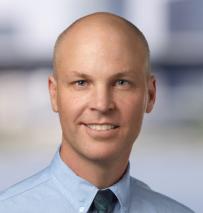
Seth Torma has more than 25 years of progressive transportation planning experience focused on integrating all modes of transportation – auto traffic, goods movement, transit, rail, active transportation, travel demand management and intelligent transportation systems – to deliver multimodal solutions. Seth serves as a regular lecturer at UC San Diego for transportation planning and environmental courses. He is a founding member of the American Planning Association San Diego’s Complete Streets Committee, a former member of Rail~Volution’s National Steering Panel, former board member of the San Diego Section of Association of Environmental Professionals and former Technical Chair for the San Diego Institute of Traffic Engineers. Outside of work, he enjoys time his family, soccer and playing music.
